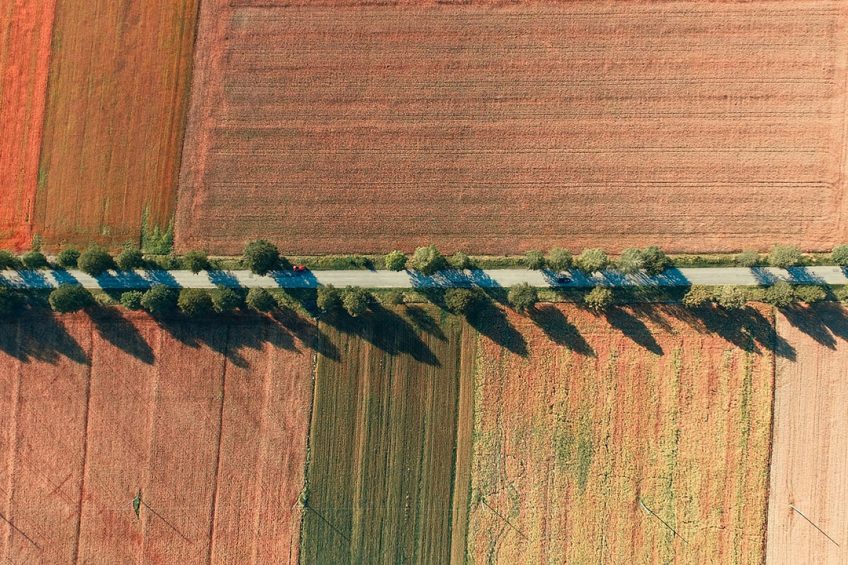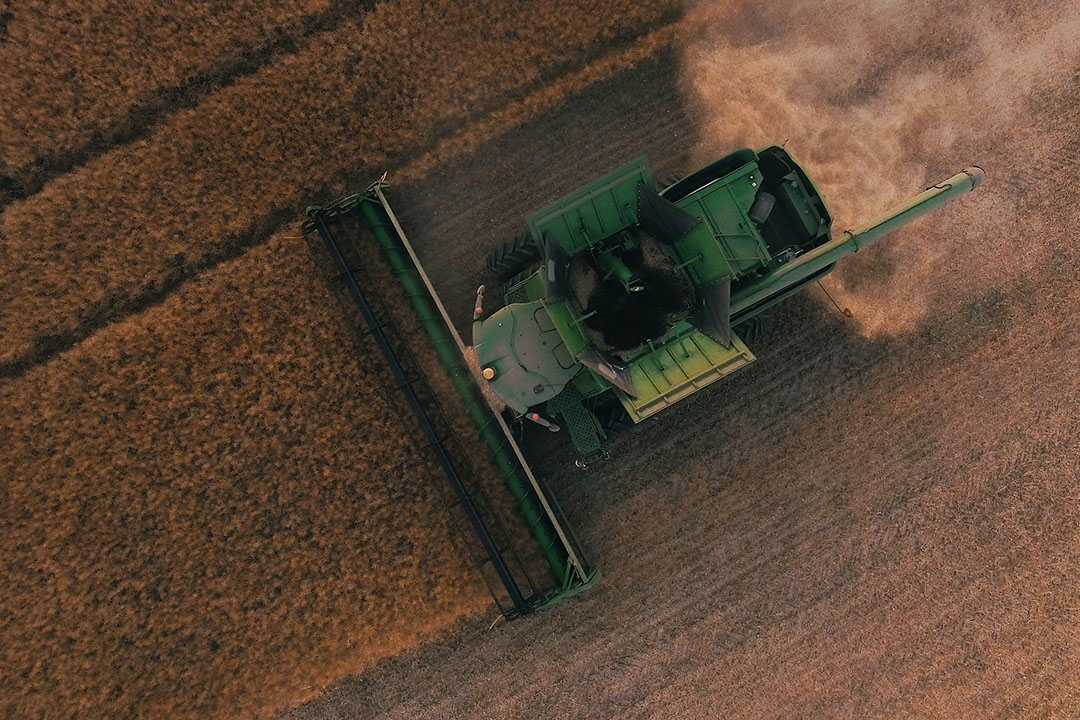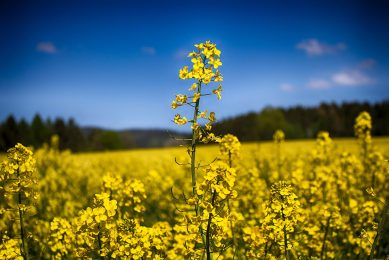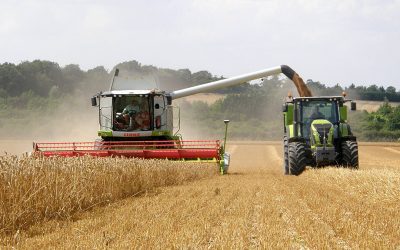Climate change impacts on Australian crop farming

Australia has experienced higher temperatures and lower winter rainfall in recent decades, significantly affecting many crop farmers.
The latest Insights report by the Australian Bureau of Agricultural and Resource Economics and Sciences (ABARES) looks at the effects of these recent and possible future changes in climate on Australian farms.
Average farm profits reduced by 23%
Australia’s climate has warmed on average by 1.4°C since 1910, occurring primarily since 1950. There has also been a decline in winter (April to October) rainfall in south-western Australia (20% since 1970) and south-eastern Australia (12% since 2000). By applying the latest ABARES farmpredict model, it is estimated that changes in seasonal conditions over the period 2001 to 2020 (relative to 1950 to 2000) have reduced annual average farm profits by 23% per farm. Furthermore, since 2000, the risk of very ‘low farm returns’ (due to climate variability) essentially doubled (relative to the period 1950 to 2000).
Adaptation pressure to 2050
Projections for rainfall and temperature by 2050 cover 2 Representative Concentration Pathways (RCPs) and a range of Global Circulation Models (GCMs).
- The RCP4.5 scenario assumes global emissions peak by 2040, and CO2 concentrations reach around 485 ppm by 2050.
- The RCP8.5 scenario assumes limited curbing of global emissions, such that CO2 concentrations reach around 540 ppm by 2050.
For each scenario, a wide range of possible outcomes are projected across each of the different GCMs. These are combined with the ABARES farmpredict model to simulate the potential impacts of future climate change on the profits of Australian broadacre farmers.
This analysis does not account for the offsetting positive effects of farm adaptation or technological improvement and so the results are not projections of likely outcomes in 2050, but rather estimates of ‘adaptation pressure’.
Tougher conditions for Australian farmers
Results for 7 major farming region and industry groupings (cropping farms, beef and sheep) show a wide range of outcomes, with simulated changes in average farm profits under the future RCP4.5 2050 scenario ranging from -31.9% to -2.0%, and for the RCP8.5 scenario ranging from -49.9% to -10.7%.

Lower rainfall, higher temperatures
Cropping farms in western Australia are more heavily impacted due largely to the more substantial projected declines in winter rainfall and the resulting effects on crop yield. Impacts in the livestock sector become significant under the RCP8.5 due to the larger projected temperature increases.
Price increases projected for major crops
Simulation results project increases in average Australian prices for major grain crops, including wheat, barley and sorghum, ranging from 3% to 24%. This represents climate change increasing the frequency and severity of drought-induced grain shortages and related price spikes.
An increase in farm productivity
Total Factor Productivity (TFP) measures the performance of the industry over time, including gains achieved through the adoption of new technologies. ABARES has developed a method to produce ‘climate-adjusted’ estimates of farm TFP, which estimate productivity under long-run average climate conditions. These estimates show an increase in farm productivity across the broadacre sector of around 28% since 1989, with much larger gains in the cropping sector (68% since 1989). These gains in productivity have offset the negative effects of climate over the last 30 years, such that actual industry productivity levels have still increased or remained stable.
Farmers getting better at handling dry conditions
Much of the adaptation effort on farms has been directed towards improving performance under dry conditions. Within the cropping sector numerous management practise changes have been implemented, including conservation tillage and soil amelioration, focused on preserving soil moisture to adapt to reduced season rainfall. ABARES has applied farmpredict to construct indicators measuring the effects of drought on Australian farms. The farm drought risk indicators measure the change in farm outcomes between a ‘normal’ (median) year and a drought (10th percentile) year.
Wheat yield drought risk, for example, shows a strong improvement since 2007/08 as technology and management practise changes have helped farmers improve crop yields under dry conditions. Since 2007/08, wheat yields under dry conditions have increased by 14%, more than double the gains in yield under normal conditions over the same period.
A shift toward crop farming
Despite improvements, Australian farm profits have become more sensitive to drought impacts, and while average farm productivity and profits have increased, the difference between profits in normal and drought years has widened. Farm profit drought risk has increased consistently since 1989 due largely to structural changes in the agricultural sector, including a shift towards increased cropping activity (and away from livestock farming), which is subject to higher drought risk. The proportion of Australian farmland devoted to cropping has increased dramatically over the last 30 years. This trend has slowed.
Adaptation will help offset future climate impacts
While the most severe projections show large reductions in farm profits (up to 50% nationally) these results do not account for any adaptation. Industry trends show the potential for gains in technology to help mitigate the effects of drier and hotter conditions. A continuation of long-run historical productivity trends would be sufficient to prevent any decline in broadacre farm production by 2050; however, it remains hard to predict future productivity growth, particularly the extent to which new technologies can improve the water use efficiency of crop and pasture systems beyond current levels. Also, climate change could reduce the international competitiveness of Australian farmers relative to nations that may not be affected by climate change to the same extent.









